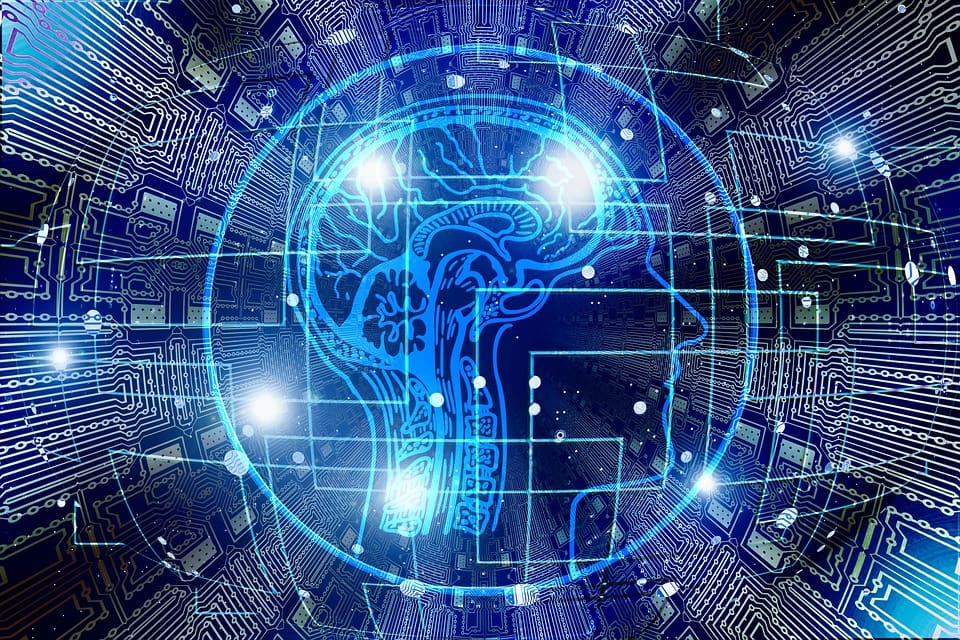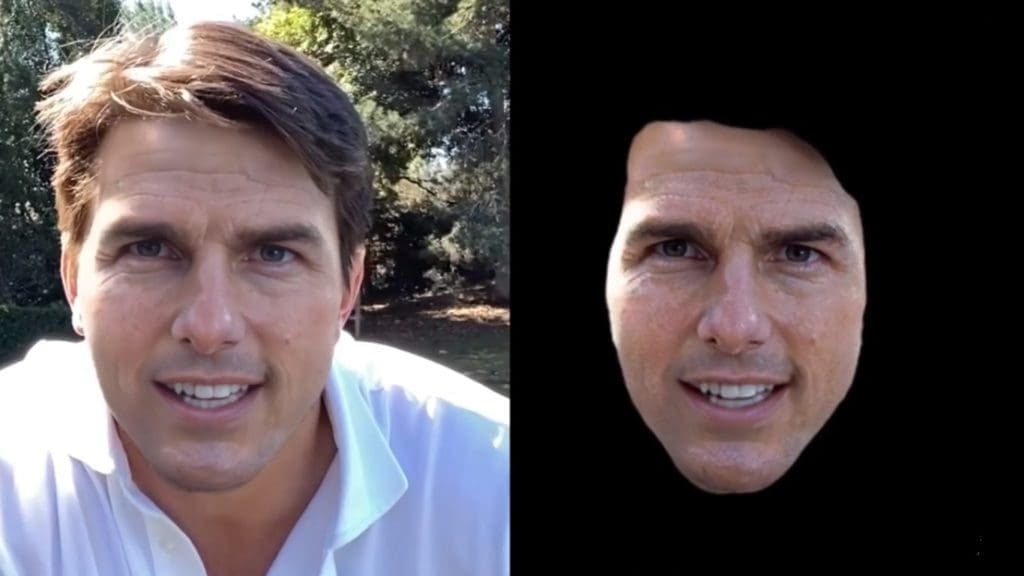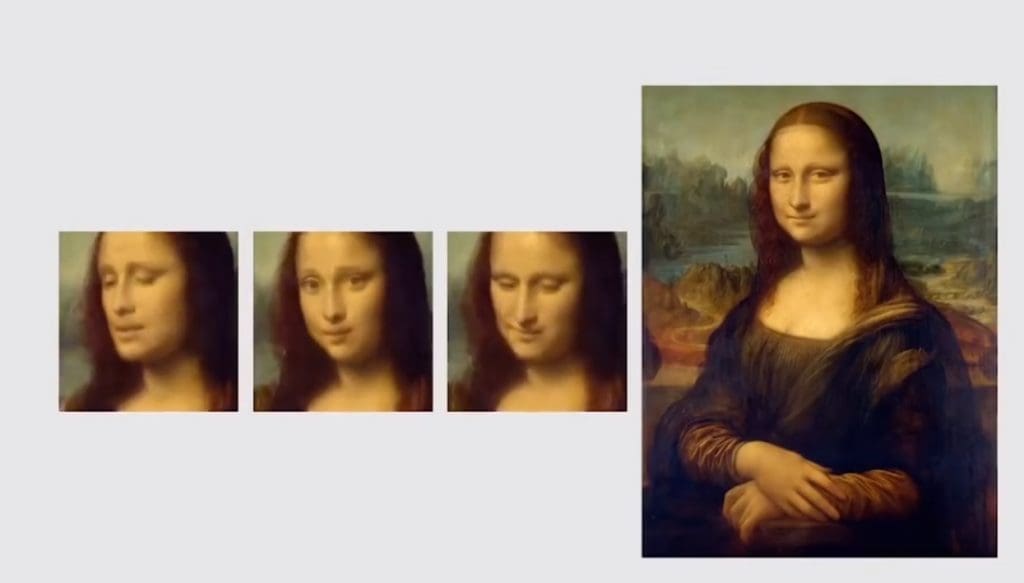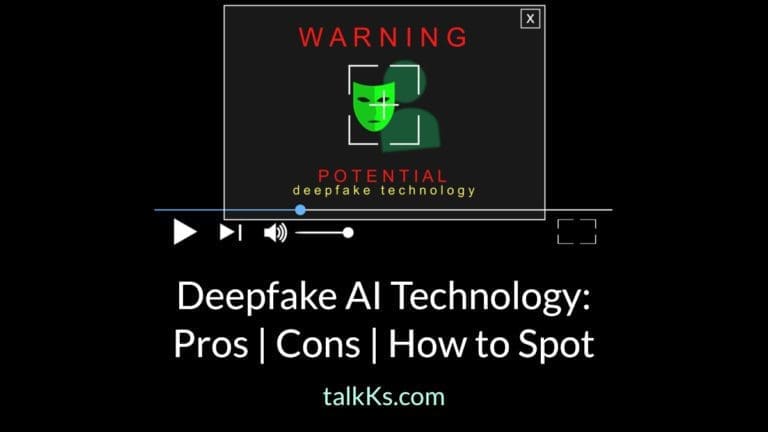Table of Contents
Deepfakes are a rapidly growing concern in the digital world, as they have the potential to cause significant harm to individuals and society as a whole. As artificial intelligence and machine learning technologies become more and more complex, creating realistic and convincing deepfakes is becoming easier day by day. Deepfakes are manipulated videos or images that can be used for a variety of purposes, including spreading misinformation and identity theft. In fact, they have the ability to spread propaganda and misinformation that could undermine people’s trust in institutions, incite chaos and confusion, and upend the very fabric of our society. In this article, we’ll explore the dangers of deepfakes and provide practical tips on how to detect deepfake videos.

What is a Deepfake?
We can define deepfake as a type of synthetic media that has been manipulated or generated using artificial intelligence (AI) algorithms. In other words, deepfakes use machine learning to create or alter audio, video, or images to depict events that did not occur or to portray individuals saying or doing things that they did not actually do.
Let’s create AI Images Using Midjourney and Dall-E 2
If you have seen videos of Mark Zuckerberg boasting about his total control of billions of people’s stolen data, Barack Obama using offensive words to describe Donald Trump, or Kit Harrington delivering a heartfelt apology for the disappointing finale of Game of Thrones, then you already have an idea about deepfakes. Deepfakes are the modern-day equivalent of photoshopping. These altered and manipulated digital media like videos, audio, and images can cause harm to both individuals and organizations, just like computer viruses. Identifying good deepfake videos can be exceptionally challenging; however, in contrast to computer viruses, anyone can produce good deep fakes.
Did you know that neural networks can create realistic people who have never existed before? By visiting the website this person does not exist or Generated.Photos, you can see a vast array of faces generated by AI. In fact, none of the people you see on this website is real. You can find more of such AI wizardry in this x does not exist website.
Experts have identified the three most perilous deepfake types or methods. The first one is deepfake voices or audio deepfake. This is an AI-generated voice that closely mimics a real person’s voice. Deepfake audio is currently the most lucrative technique employed by scammers for deep fake voice fishing. For instance, in 2019, criminals used cloned voice technology to extort $243,000 from the CEO of a British Energy company.
The second method is deepfake videos, which can be used to manipulate public opinion and brainwash people by convincingly presenting false information. The infamous videos featuring Barack Obama and President Trump are examples of such videos. They can also be used to create fake videos of ordinary people, especially to create revenge pornography.
This AI technology can also produce deep fake text that convincingly mimics the writings of real people as well as genuine social media posts. These fake accounts may look authentic and even attract followers over time. A group of these accounts can be easily used to slander a company or a product. The only way to differentiate such AI-generated text is to identify patterns in the language used, such as word choice and sentence structure, and detect inconsistencies.
Dangers of Deepfake Technology
In today’s world of fake news and disinformation, people use deep fake technology to spread misinformation, create false narratives, create a specific public image, censor or mock people, and create pornographic content.
Deep fakes often target celebrities. Their fame and availability in media make them perfect for memes, and AI technology can easily create convincing deep fakes of them. A few years ago, TikTok was flooded with videos featuring actor Tom Cruise engaging in activities that were unusual for him, such as fooling around in an expensive men’s fashion store, exhibiting a coin trick, and playfully growling while singing a brief version of “Crash Into Me” by the Dave Matthews Band. Another example is the video of Yong Mei, a famous Chinese celebrity that went viral a few years ago. In this video, she was inserted into a 1983 Hong Kong TV series. The video got 240 million views before it was eventually removed by Chinese authorities. However, the creator, who was a fan of Young Mei, apologized publicly on Weibo and said he made the video to raise awareness about deepfake technology.

In politics, deepfakes can be used to create fake videos or images of political figures saying or doing things that they did not actually say or do. This can be done to spread misinformation or damage someone’s reputation. In 2019, a video of Nancy Pelosi was edited to make it seem like she was speaking oddly and looking drunk. It was shared globally, but Facebook did not remove it after being proven fake. Videos on Donald Trump’s story about a reindeer and Barack Obama’s public service announcement are other examples of this type of fake video.
Did you know that 96% of deep fakes are pornographic? A significant majority (99%) of the faces used in these manipulated videos belong to real women, including non-celebrities. The use of deep fakes can allow a person to effortlessly superimpose the image of an ex-girlfriend onto that of a porn actor and circulate it within their social circle. As a result, the victim may face the negative effects of being falsely accused of a taboo act, even if it never happened.
Deepfakes are also increasingly being used in financial scams. These scams typically involve scammers creating deepfakes of important people like CEOs or politicians and then using them to trick people into transferring money or sensitive information. For example, a deepfake video of a CEO might be used to persuade an employee to transfer money to a fraudulent account. In 2019, a group of scammers used the voice of a CEO of a UK-based energy company to impersonate him and trick an employee into transferring $243,000 to a fraudulent account.
Another dangerous aspect of deep fakes is that there are many simple tools available online to create deep fakes. According to Ben Coleman from Reality Defender, any junior high school student can create a deep fake using a five-year-old iPhone.
Some Ethical Applications of Deep Fakes
It is essential to remember that deep fake technology can have ethical applications in today’s world. One such example is enhancing the image quality of old or low-resolution videos. Instead of using the traditional upscale method, this technology redraws the image, allowing for changes in image quality. Additionally, deep fake technology can synchronize speech with lip movements, known as lip syncing. Perfecting lip movements to match any linguistic articulation would be a significant advancement in the field of film and TV dubbing. A practical example of this is the PSA featuring David Beckham aimed at combating malaria. As Beckham speaks nine languages, deep fake technology was used to adjust his lip movements to each language.
The potential of deep fake also extends to reviving deceased artists such as Salvador Dali at the Salvador Dali Museum in Florida. Additionally, a unique application of this technology is to animate art. For example, Samsung’s AI research laboratory has enabled the Mona Lisa to exhibit movements in her head, eyes, and mouth. In the future, this technology could save the film industry both time and money.

How to Identify Deepfakes
Look for Inconsistencies in the Video
Deepfakes often have subtle inconsistencies that give them away. For example, the lighting, shadows, and reflections may not match the surroundings, or the movements of the person may look slightly unnatural.
A common warning sign of a deepfake video or image is unnatural eyes, especially if a person’s eyes look strange or if they don’t blink. Blinking and natural eye movements are hard to fake, so if someone appears to be staring without blinking or their eye movements look weird, it might be a sign that the video has been manipulated. Additionally, when people talk to each other, their eyes usually move naturally, and it’s hard to imitate that accurately in a fake video.
An unpropotional face and body is another sign of a deepfake. This is because the AI algorithms that create deepfakes can struggle to replicate the proportions of a person’s face and body accurately, which results in a distorted or exaggerated appearance. If a person looks strange or weird when they turn their head to the side, or if their movements seem disconnected or unnatural from one moment to the next, it might be a sign that a video has been changed. Mismatched skin tones and oddly placed shadows are two other important clues.
Check the Audio Quality
Deepfakes may have audio that doesn’t match the movement of the person’s lips or the tone of their voice. Listen carefully to see if the audio sounds natural and matches the context of the video. When making deepfakes, creators often pay more attention to the visuals than the audio. Signs of fake audio could include lip movements that don’t match the spoken words, robotic-sounding voices, strange word pronunciation, digital background noise, or even a complete absence of audio.
Use Technology to Identify Deep Fakes
The advancements in deep fake technology have led to the development of protection tools. The University of Buffalo has created a tool that automatically identifies deep fake photos. This tool examines the light reflection in the eyes to distinguish between real and fake photos. Generally, when we look at something, the image we look at is reflected in our eyes, so in genuine photos, both eyes show the same shape and color of reflection. However, computers cannot generate identical reflections in the eyes since they combine multiple photos to generate one.
Moreover, Intel has introduced an AI tool named FakeCatcher that can identify whether a video has been altered using deepfake technology in real-time. This technology claims to achieve a 96% accuracy rate and detect deepfakes within milliseconds. Unlike other deepfake detectors that rely on deep learning to analyze a video’s raw data for manipulation signs, FakeCatcher looks for human-like indicators, such as subtle changes in blood flow in the pixels of a video.
There are also other tools to analyze the digital noise and photos. The structure of natural and computer-generated noise can vary considerably, helping us to differentiate between genuine and fake photos.
The Coalition for Content Provenance and Authenticity, led by Adobe, Microsoft, Intel, and the BBC, has also developed a standard to differentiate between computer-generated content and real content. Until it is widely adopted, deepfakes’ potential for malicious use is significant.
How to Stay Safe from Deepfakes
You should always exercise caution when consuming information online, especially when it comes to sensitive topics that can cause conflict or provoke intense emotions. Be alert to possible manipulations or distortions of facts that can be used to push a particular agenda or influence public opinion. Always seek out multiple independent sources of information to verify the accuracy of online content. Don’t rely only on video, photographs, or audio on someone’s profile, as these may be deep fakes or altered. It’s important to do your research and cross-check information from different sources to ensure its authenticity. Finally, stay away from synthetic social networks and fake social media accounts.
To avoid being a victim of deepfakes, make sure not to post personal information about yourself online as it can be used for identity theft or other malicious purposes. Be cautious about the type of information you share and with whom you share it, and always take steps to protect your privacy and security online.
It is crucial to educate individuals on the dangers of deep fakes and to develop new technologies to detect and combat their use. The creation and distribution of deep fakes must be regulated, and there should be legal consequences for those who use deep fakes maliciously.
Conclusion
Deepfakes are a technology that can have severe impacts on people all over the globe, including damage to reputation, financial loss, and identity theft. The only way to stay safe from deepfakes is by understanding the technology behind deepfakes and using deepfake detection tools; we must always remain vigilant, verify information sources, and stay up-to-date about the latest developments in technology. Ultimately, the key to prevent the spread of deepfakes is through education and awareness, so let’s all stay informed and stay safe in this digital age.
If you enjoyed this article then you may also like to read our comprehensive guide to ChatGPT.







Comments 0